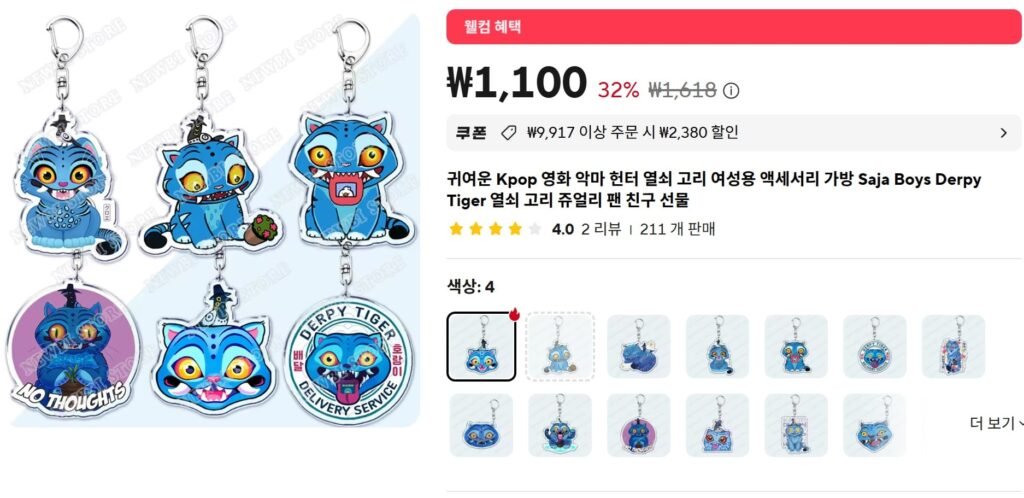Challenges Faced by Foreigners in Purchasing Korean Products Online
The Bank of Korea (BOK) has highlighted the difficulties foreign consumers face when attempting to purchase Korean products directly online. According to a report released on July 28, titled “Strategies to Promote Reverse Direct Purchases of Korean Goods by Foreign Consumers,” the process is often complicated and requires significant simplification to encourage more international buyers.
The report emphasizes that while there has been a notable increase in cross-border shipping by Korean consumers, reverse direct purchases—where foreigners buy goods from Korean online retailers—remain significantly lower. The BOK identified several key factors contributing to this gap.
One major barrier is the requirement for self-identification via mobile phone during registration on many Korean online shopping platforms. This system effectively prevents overseas consumers from completing the sign-up process. Even if registration is successful, many platforms do not accept foreign-issued credit cards or support popular global payment services such as PayPal and Alipay. These limitations create additional hurdles for international users.
According to the BOK, actual numbers of online payments made by foreigners in Korea are among the lowest globally, with over 81% of transactions conducted in person. This suggests that the majority of foreign consumers still prefer traditional retail methods rather than navigating the complexities of online purchasing in South Korea.
In contrast, major international e-commerce platforms like AliExpress, Temu, and Amazon have streamlined their registration processes, allowing users to sign up with just an email address and phone number. These platforms also accept foreign-issued credit cards and offer local payment options such as Naver Pay and Kakao Pay for domestic users. This accessibility makes it easier for international customers to shop on these sites without facing the same restrictions seen on Korean platforms.
Growth in Cross-Border Shopping
Data from the BOK reveals a significant increase in direct overseas purchases by Korean consumers. Last year, the total value of these purchases reached 8.1 trillion won, representing a fourfold increase compared to 2017. However, the growth in reverse direct purchases has been much slower. During the same period, the volume of these transactions rose from 600 billion won to 1.6 trillion won—an increase of only 1 trillion won.
The BOK pointed out that the current scale of reverse direct purchases does not fully reflect the global popularity of Korean products, which has been driven by the Korean Wave, including K-pop, K-beauty, and other cultural exports. The bank emphasized the need for improvements in the online purchasing experience for foreign consumers to better align with the demand for Korean goods worldwide.
Key Recommendations for Improvement
To address these challenges, the BOK has suggested several strategies aimed at simplifying the process for foreign consumers. These include:
- Streamlining the registration process to remove barriers such as mobile phone verification for international users.
- Expanding payment options to include foreign credit cards and widely used global payment services.
- Enhancing user experience by making Korean e-commerce platforms more accessible and user-friendly for non-residents.
- Promoting awareness of available online shopping options to encourage greater participation from foreign buyers.
By implementing these changes, Korean e-commerce platforms could tap into a broader international market and capitalize on the growing global interest in Korean products. The BOK’s report serves as a call to action for both the government and private sector to work together in creating a more inclusive and efficient digital marketplace for foreign consumers.

